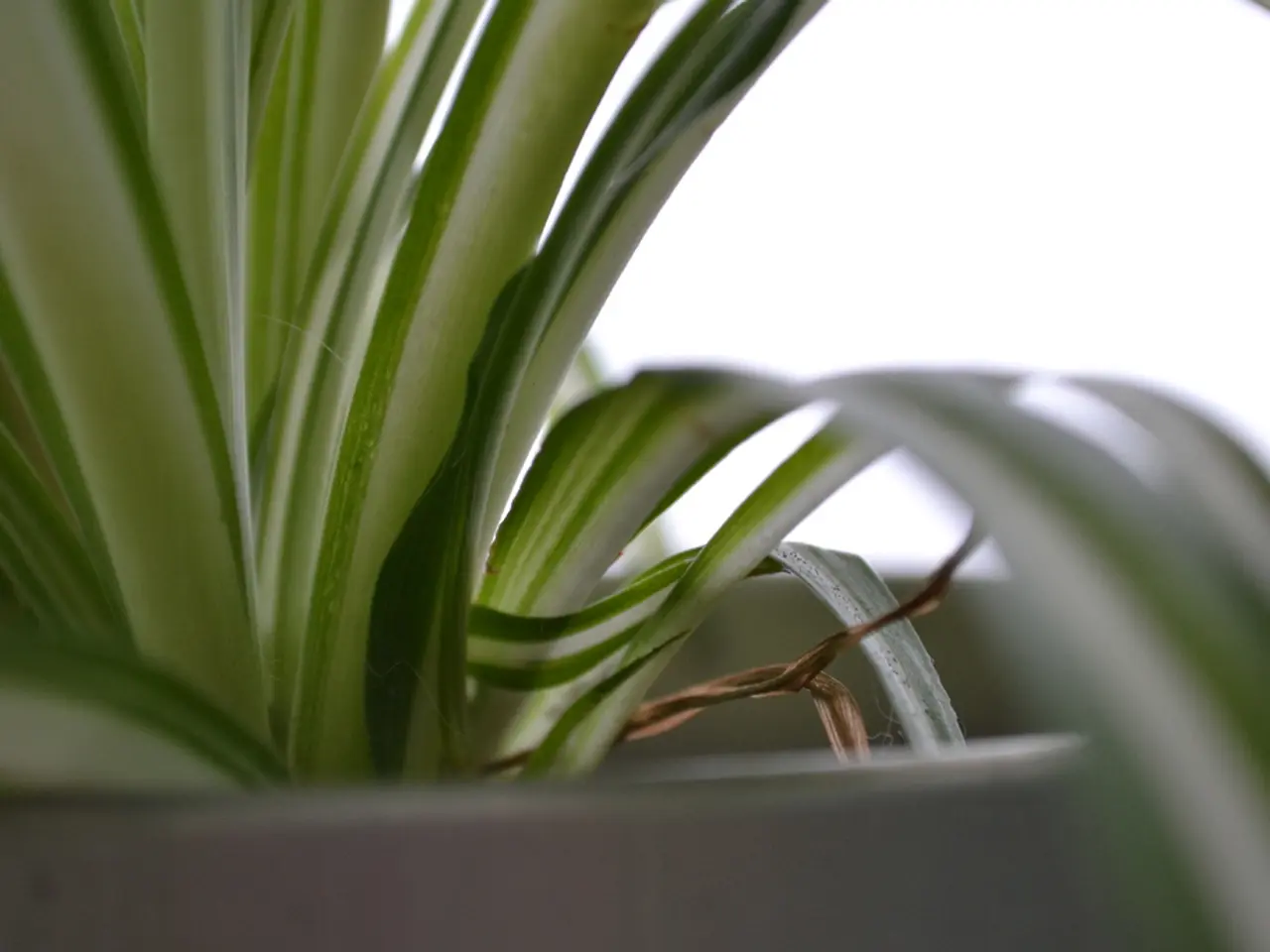Powdery Mildew: The Common Fungal Foe of Gardeners and Farmers
Gardeners and farmers worldwide are battling a common foe: powdery mildew. This fungal disease, visible as a white or gray dusty coating on plants, affects a wide range of species, from grapes to cereals, and is particularly prevalent in temperate regions. Let's delve into the details of this pesky problem and explore strategies to combat it.
Powdery mildew favours humid conditions, but unlike many fungi, it doesn't require wetness to thrive. It's most active in temperatures between 60-70° F, making it a common sight in spring and fall. The fungus appears as tiny dark dots on leaves, which later develop into a distorted, white, powdery coating.
Plants sensitive to powdery mildew include grapes, cucumbers, melons, barley, wheat, and many ornamentals. Each plant type is typically affected by a different powdery mildew fungus. To control this disease, it's crucial to pair plants with suitable sites. For instance, plants like lilacs, peonies, or roses prefer full sun. Good plant vigor also boosts resistance to infection.
Symptoms of powdery mildew include white powdery growth on leaves and shoots. It tends to be more severe in shady areas with poor air circulation. Planting resistant varieties can help minimize powdery mildew in certain ornamentals.
Powdery mildew is a widespread fungal disease that affects a broad range of plants. To manage it effectively, gardeners and farmers should choose suitable planting sites, maintain plant health, and consider resistant varieties where available. By understanding and addressing the conditions that powdery mildew favours, we can keep our gardens and crops healthy and thriving.
Read also:
- Willich's Senior Citizens Prepare for Council Elections, City Celebrates International Day of Older Persons
- Indigenous-Managed Forests Key to Fighting Amazon Fires and Saving Lives
- Chronic Stress: Holistic Management for Physical and Mental Health
- Pre-Hispanic Colombian Faces Revealed: Digital Reconstruction Unmasks Mummies





